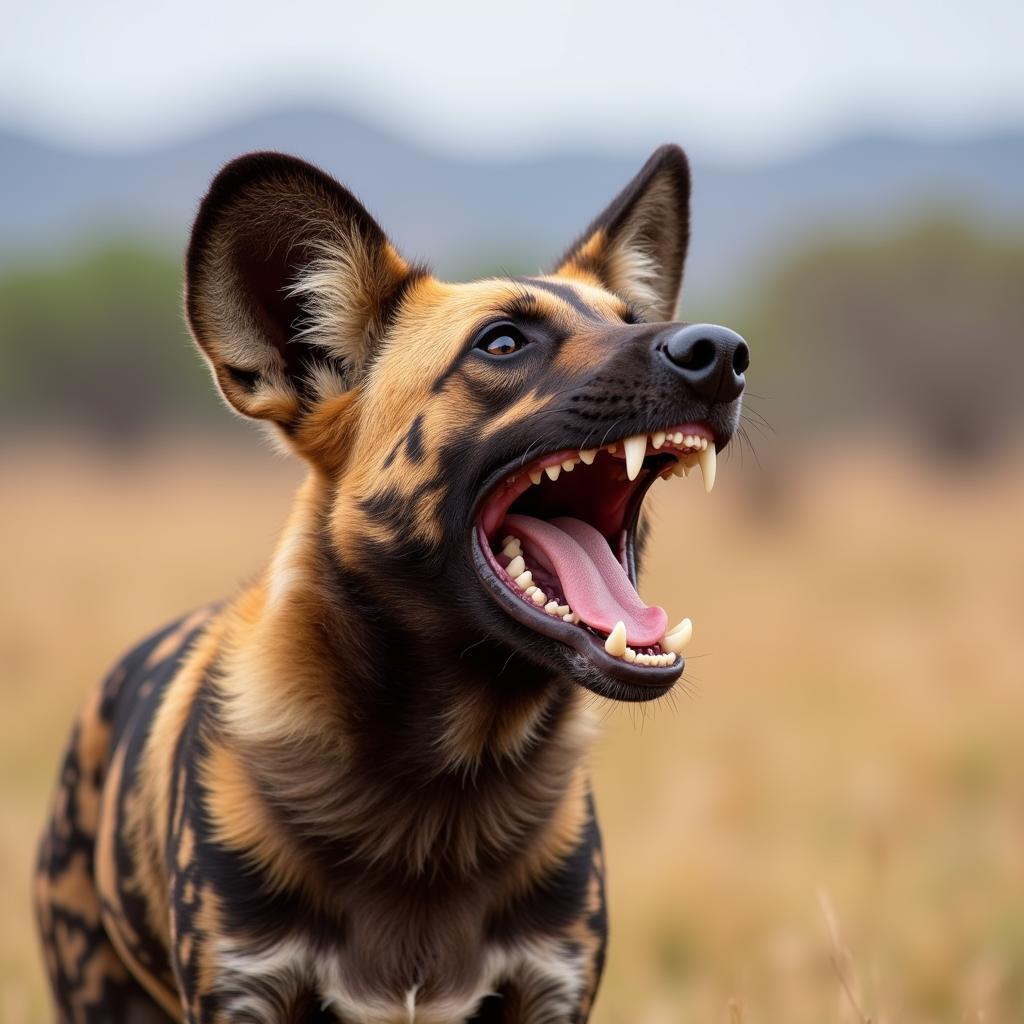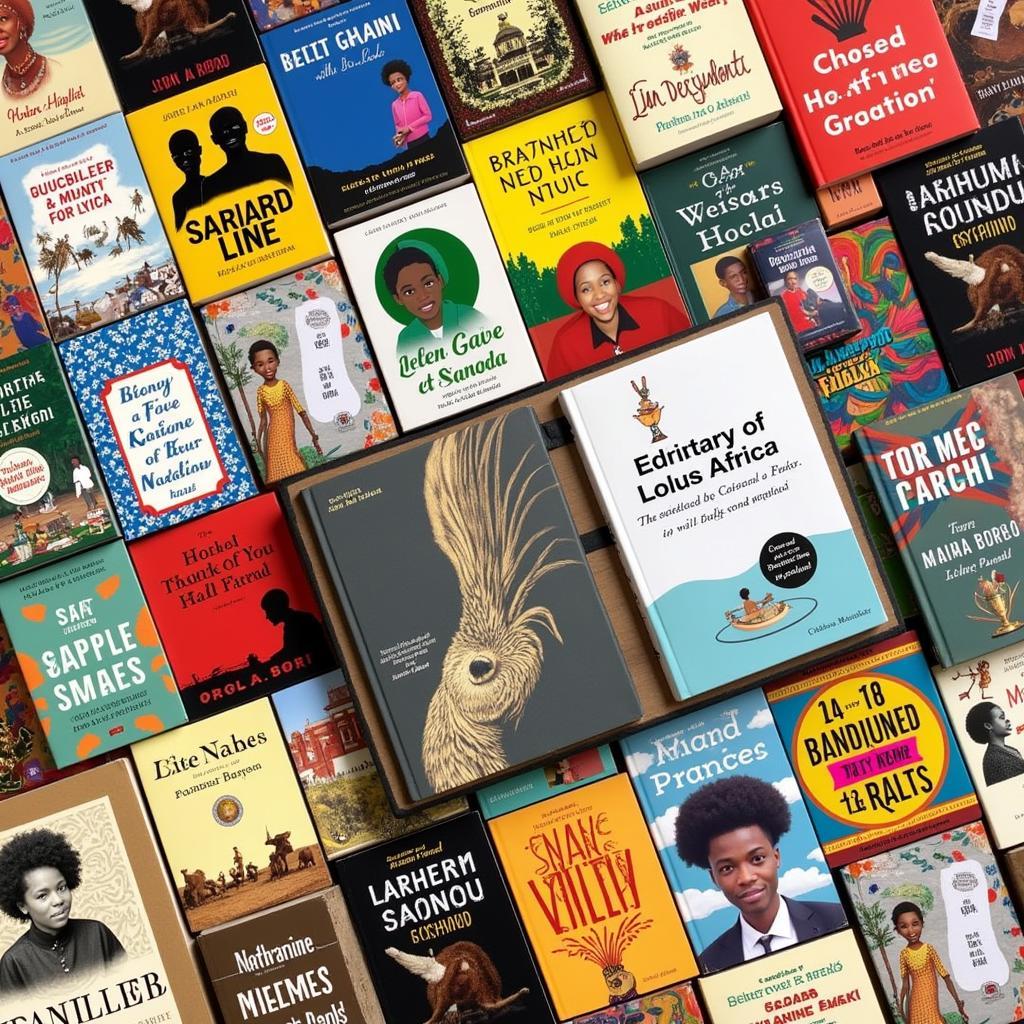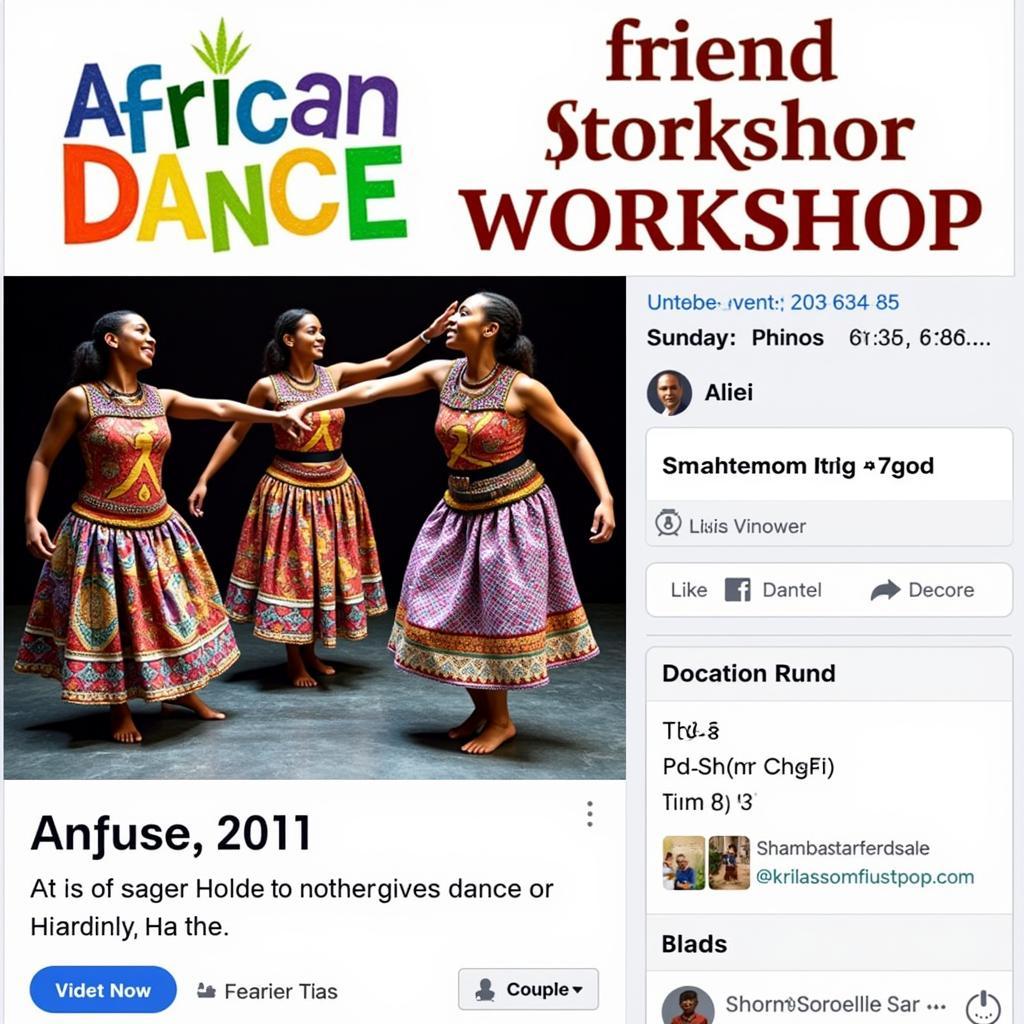African Beauty Transformations: A Journey Through Culture and Tradition
African Beauty Transformations are more than just skin deep. They reflect a rich tapestry of cultural traditions, historical narratives, and spiritual beliefs that have shaped the continent’s diverse communities for centuries. From elaborate hairstyles and intricate body art to the symbolic use of adornments and cosmetics, these transformations offer a fascinating glimpse into the heart of African identity. This article delves into the captivating world of African beauty, exploring its diverse expressions and the profound meanings they hold.
Across the 50 african countries and their capitals, beauty is celebrated in unique ways. These practices are often deeply intertwined with social status, age, and even spiritual connections.
Unveiling the Significance of African Beauty Rituals
African beauty rituals are far more than mere aesthetic pursuits; they are powerful expressions of cultural identity, social status, and spiritual beliefs. They mark important life transitions, signify group affiliation, and connect individuals to their ancestral heritage. These practices are passed down through generations, preserving cultural memory and reinforcing community bonds.
What are some common African beauty transformations? They include intricate hairstyles, scarification, body painting, and the use of natural cosmetics and adornments. Each practice holds specific meanings and significance within its cultural context.
The Art of Adornment: From Beads to Body Paint
Adornment plays a crucial role in African beauty transformations. From the vibrant beads of the Maasai to the intricate lip plates of the Mursi, these adornments communicate a wealth of information about an individual’s identity and social standing. Natural materials like shells, feathers, and plant dyes are often used, reflecting a deep connection to the environment.
Exploring the Symbolism of African Hairstyles
Hair is often seen as a source of spiritual power and a reflection of one’s identity in many African cultures. Intricate braiding patterns, elaborate updos, and the use of natural ingredients like ochre and shea butter create stunning hairstyles that are both aesthetically pleasing and culturally significant.
African Beauty in the Modern World: Tradition Meets Innovation
How are traditional African beauty practices evolving in the modern world? While traditional practices remain deeply valued, they are also being reinterpreted and adapted to contemporary contexts. Natural ingredients and traditional techniques are being incorporated into modern beauty products, creating a fusion of ancient wisdom and modern innovation. This blend allows individuals to celebrate their heritage while embracing contemporary trends.
Dr. Abena Osei, a renowned anthropologist specializing in African cultures, states, “African beauty transformations are a testament to the resilience and creativity of the continent’s people. They are a powerful expression of identity that continues to evolve and inspire.”
The Power of Natural Ingredients
Many African beauty practices utilize natural ingredients readily available in the local environment. Shea butter, known for its moisturizing properties, is a staple in many skincare routines. Black soap, made from plant ash and oils, is a traditional cleanser with detoxifying properties. These natural remedies, passed down through generations, continue to be valued for their effectiveness and connection to ancestral knowledge.
Conclusion: Embracing the Diversity of African Beauty Transformations
African beauty transformations offer a captivating journey through the diverse cultures and traditions of the continent. From the symbolic power of hairstyles and adornments to the significance of body art and cosmetics, these practices are a testament to the rich heritage and creative spirit of African people. As we explore these diverse expressions of beauty, we gain a deeper understanding of African identity and the profound meanings embedded within these traditions. The african hyena mask offers a unique perspective on African art.
FAQ
- What is the significance of scarification in some African cultures?
- How are traditional African hairstyles created and maintained?
- What are some common natural ingredients used in African beauty practices?
- How are African beauty traditions being adapted in the modern world?
- What is the cultural significance of body painting in African communities?
- Where can I learn more about the diverse beauty traditions across Africa?
- How do african countries and their capitals influence beauty traditions?
You might also be interested in African art, such as the african aadiwasi model wall dizain or african art painting pictures.
Need help with exploring African Beauty Transformations further? Contact us! Phone: +255768904061, Email: kaka.mag@gmail.com Or visit us at: Mbarali DC Mawindi, Kangaga, Tanzania. We have a 24/7 customer service team.



